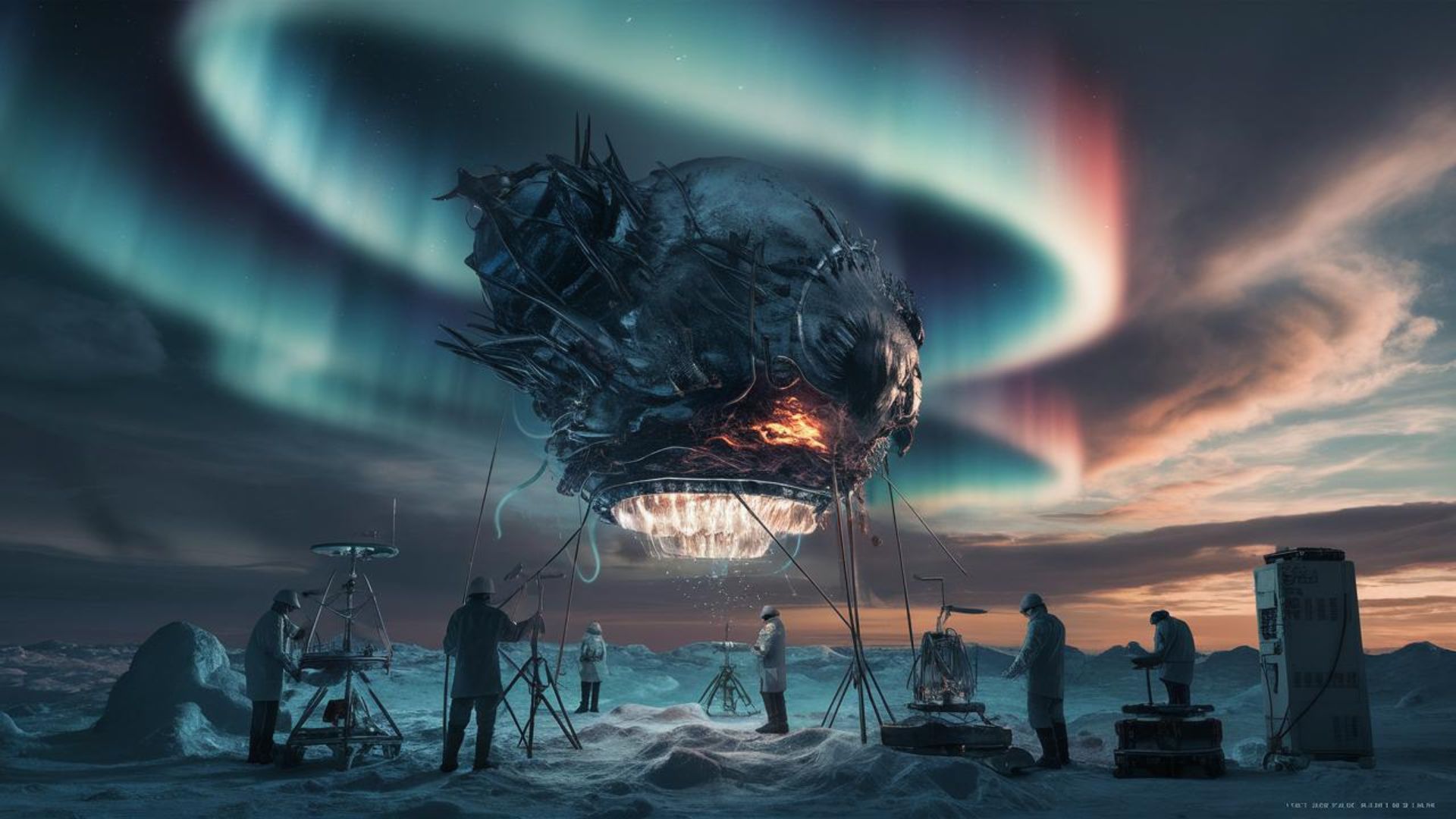The sky has always fascinated humanity. From ancient times to the present day, people have looked up and wondered about the mysteries lurking above. In recent years, a surge of interest in Unidentified Flying Objects (UFOs) and Unidentified Aerial Phenomena (UAPs) has captivated both the public and scientific communities. This article delves into the latest findings, theories, and developments in this intriguing field.
The Shift from UFOs to UAPs
For decades, the term “UFO” conjured images of flying saucers and little green men. However, the scientific community has recently adopted the term “UAP” to distance the phenomenon from its pop culture associations and approach it with more rigorous methods.
Dr. Avi Loeb, chair of Harvard’s astronomy department, explains: “The term UAP allows us to study these phenomena without the baggage of preconceived notions. It opens the door for serious scientific inquiry.”
This shift in terminology coincides with increased government transparency. In 2021, the Office of the Director of National Intelligence released a preliminary report on UAPs, acknowledging 144 reported incidents from 2004 to 2021 that couldn’t be explained.
Recent High-Profile Sightings

Several well-documented cases have fueled public interest:
- The Nimitz Encounter (2004): Navy pilots reported a Tic Tac-shaped object performing impossible maneuvers off the coast of San Diego.
- The Roosevelt Incidents (2014-2015): Multiple Navy pilots encountered UAPs during training exercises on the East Coast.
- The Gimbal Video (2015): An object with no visible means of propulsion was recorded by a Navy fighter jet.
These incidents share common elements: objects moving at hypersonic speeds, demonstrating extreme agility, and lacking visible propulsion systems.
Commander David Fravor, one of the Nimitz encounter witnesses, stated: “I’ve never seen anything in my life that has the performance, the acceleration. It would be like you’re standing still, and it goes from zero to Mach 10 instantly.”
Scientific Theories and Hypotheses

As more data becomes available, scientists are proposing various explanations for UAP sightings:
1. Advanced Human Technology
Some researchers suggest that UAPs might be classified as military projects. Dr. Mark Rodeghier, scientific director of the Center for UFO Studies, notes: “We can’t rule out the possibility that some UAPs are advanced human-made crafts. The secrecy surrounding military technology makes this a plausible hypothesis.”
2. Natural Phenomena
Atmospheric physicist Dr. Deanna Laney proposes that some UAPs could be previously unknown natural phenomena. “Our understanding of atmospheric physics is still evolving. Some UAPs might be rare natural events we’re just beginning to document properly.”
3. Extraterrestrial Hypothesis
While controversial, the idea that some UAPs might be of extraterrestrial origin remains a topic of serious discussion among some scientists.
Dr. Garry Nolan, a professor of pathology at Stanford University, has been studying the potential biological effects of UAP encounters. He states, “The technology we’re observing is so far beyond our current capabilities that we have to consider all possibilities, including extraterrestrial ones.”
4. Interdimensional Travel
A more speculative theory suggests that UAPs might be evidence of interdimensional travel. Dr. Jacques Vallée, a computer scientist and ufologist, has long proposed that the phenomenon might be more complex than simple extraterrestrial visitation.
The Galileo Project: A New Approach to UAP Research

In 2021, Harvard University launched the Galileo Project, led by Professor Avi Loeb. This multidisciplinary research program aims to bring rigorous scientific methods to UAP study.
The project utilizes a global network of sophisticated cameras and sensors to collect data on UAPs. “We’re taking an agnostic approach,” Loeb explains. “Our goal is to gather high-quality data and let it guide our conclusions, whatever they may be.”
Early results from the Galileo Project have been promising. In March 2023, the team reported detecting several anomalous objects that defied conventional explanation. While analysis is ongoing, these findings have excited the scientific community.
Government Involvement and Disclosure
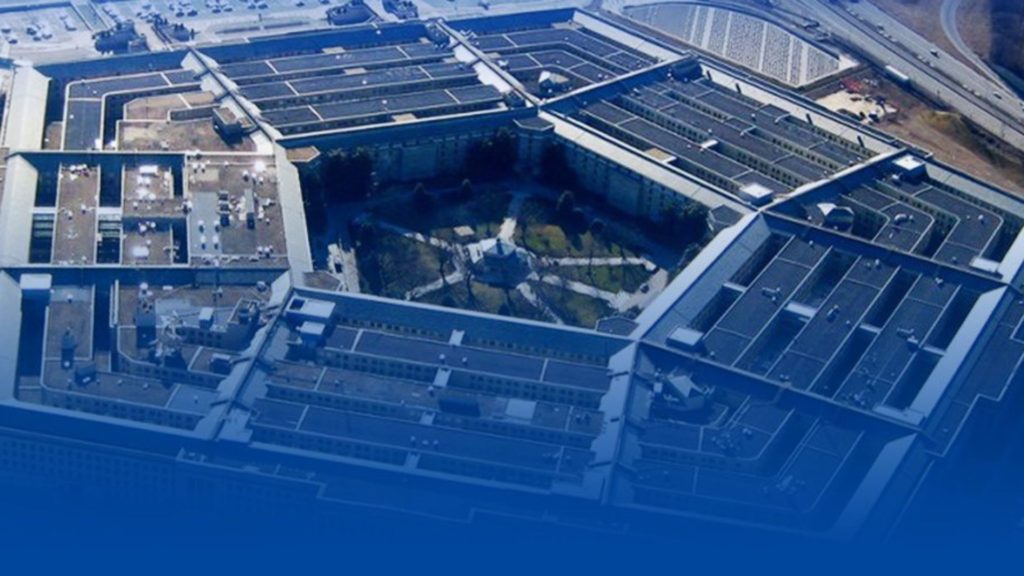
Recent years have seen unprecedented government involvement in UAP research:
- In 2017, the New York Times revealed the existence of the Advanced Aerospace Threat Identification Program (AATIP), a secret Pentagon project studying UAPs.
- In 2020, the U.S. Navy officially released three UAP videos, confirming their authenticity.
- In 2022, NASA announced the formation of a UAP study team, bringing its considerable scientific resources to bear on the phenomenon.
Luis Elizondo, former director of AATIP, has been vocal about the need for transparency. “The American people deserve to know what’s happening in our skies,” he stated in a recent interview. “This isn’t just about national security; it’s about expanding our understanding of the universe.”
The Physics-Defying Nature of UAPs
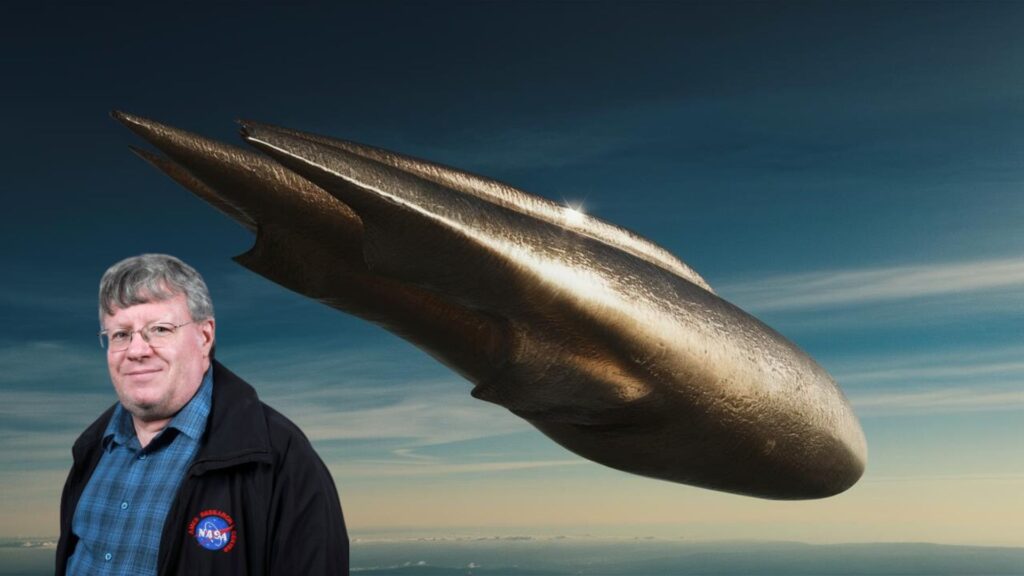
One of the most puzzling aspects of UAP reports is their apparent ability to defy known laws of physics. Dr. Kevin Knuth, a former NASA research scientist, has analyzed reported UAP movements and found them troubling from a physics standpoint.
“These objects are reported to accelerate from a standstill to hypersonic speeds in seconds, without any visible means of propulsion,” Knuth explains. “The g-forces involved would destroy any known aircraft and liquefy a human pilot.”
Some theorists propose that advanced propulsion systems might manipulate gravity or space-time itself. Dr. Harold Puthoff, an engineer and parapsychologist, suggests, “If these reports are accurate, we might be observing technology that exploits aspects of physics we haven’t yet discovered.”
The Search for Technosignatures
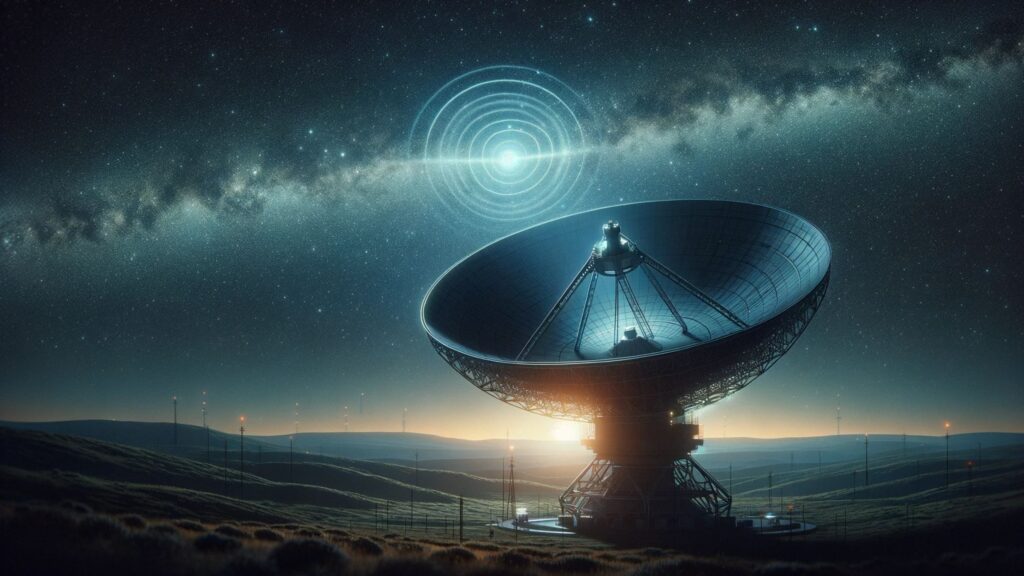
As UAP research gains legitimacy, it’s intersecting with another cutting-edge field: the search for extraterrestrial intelligence (SETI). Traditionally, SETI has focused on detecting radio signals from distant civilizations. However, some researchers are now considering UAPs as potential “technosignatures” – evidence of advanced technology that might indicate the presence of non-human intelligence.
Dr. Jason Wright, an astronomer at Penn State University, is at the forefront of this new approach. “If we’re entertaining the extraterrestrial hypothesis for UAPs, it makes sense to consider them within the broader context of SETI,” Wright argues. “They could represent a form of technology so advanced that it appears almost magical to us.”
Psychological and Sociological Impacts
The UAP phenomenon isn’t just a matter of physical sciences; it’s also a rich area of study for psychologists and sociologists. Dr. Susan Clancy, a cognitive psychologist at Harvard Medical School, has studied the impact of UFO beliefs on individuals and society.
“Belief in UFOs and UAPs can profoundly shape a person’s worldview,” Clancy notes. “It often correlates with a sense of cosmic significance and a belief that humanity is on the cusp of a great revelation.”
Sociologist Dr. Diana Pasulka has explored how UAP belief intersects with religion and technology. In her book “American Cosmic,” she argues that belief in UFOs is becoming a new form of religion for the technological age.
The Global Nature of the Phenomenon
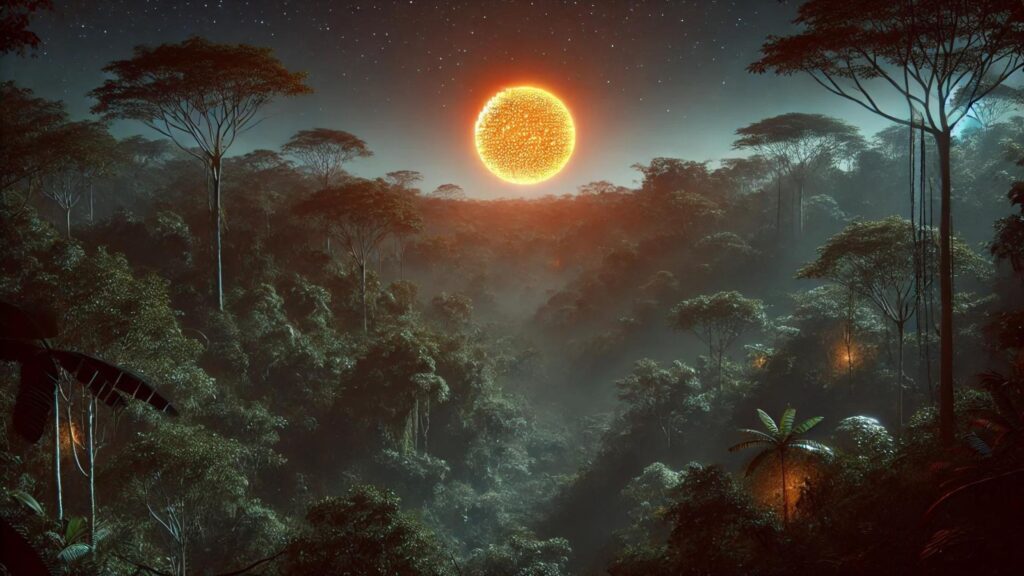
While much of the recent high-profile UAP research has centered on the United States, the phenomenon is truly global. Significant cases and research efforts are happening worldwide:
- In 2022, the Brazilian Senate held public hearings on UAPs, featuring testimony from military officials and civilian researchers.
- China has established its own UAP task force, using artificial intelligence to analyze sighting reports.
- In France, the GEIPAN (Study and Information Group on Unidentified Aerospace Phenomena) has been officially investigating UAP reports since 1977.
Jacques Patenet, former director of GEIPAN, emphasizes the importance of international cooperation: “This phenomenon knows no borders. Only by sharing data and resources globally can we hope to unravel its mysteries.”
The Role of Citizen Scientists
As technology becomes more accessible, citizen scientists are playing an increasingly important role in UAP research. Smartphone cameras, dashcams, and low-cost drones have democratized data collection, leading to a wealth of new sighting reports and video evidence.
The Mutual UFO Network (MUFON), one of the oldest UFO investigation organizations, has embraced this trend. Jan Harzan, MUFON’s executive director, states: “Today, almost everyone carries a high-quality camera in their pocket. This has revolutionized UAP documentation and research.”
However, this flood of data presents its own challenges. Dr. Mick West, a science writer and skeptic, cautions: “While more data is generally good, we also need to be careful about misidentifications and hoaxes. Critical thinking and rigorous analysis are more important than ever.”
The Future of UAP Research
As we look to the future, several trends are shaping the field of UAP research:
- Advanced Sensor Networks: Projects like Galileo are deploying sophisticated sensor arrays to collect high-quality data on UAPs.
- Machine Learning and AI: Researchers are using artificial intelligence to analyze vast amounts of data, looking for patterns that human observers might miss.
- Interdisciplinary Approaches: The complexity of the UAP phenomenon is attracting experts from diverse fields, from physics and psychology to anthropology and religious studies.
- Increased Funding: As the stigma around UAP research fades, more institutions are willing to fund serious scientific investigations.
- Public Engagement: Citizen science projects and public outreach efforts are bringing UAP research to a wider audience.
Dr. James Lacatski, former manager of AATIP, is optimistic about the field’s future: “We’re entering a new era of UAP research. With advanced technology, open minds, and rigorous scientific methods, we have the potential to make groundbreaking discoveries.”

Conclusion
The study of UFOs and UAPs has come a long way from the fringe theories of decades past. Today, it stands at the intersection of cutting-edge science, technology, and philosophy, challenging our understanding of the universe and our place in it.
Whether these phenomena turn out to be advanced human technology, unknown natural events, or something more exotic, the journey of discovery promises to be fascinating. As we continue to look up at the sky with wonder, we’re not just searching for answers about strange lights and inexplicable objects. We’re exploring the fundamental nature of reality and our role in the cosmos.
The truth may not be out there yet, but with each new study, each piece of evidence, and each thoughtful analysis, we’re getting closer. The UAP phenomenon reminds us that the universe is vast, complex, and full of surprises. In our quest to understand it, we might just come to better understand ourselves.

